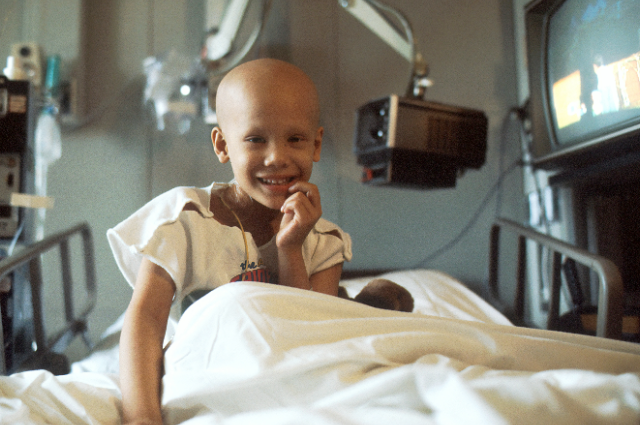
Photo by National Cancer Institute on Unsplash
Introduction
Cancer, a life-threatening disease, affects millions of people worldwide. Despite its prevalence, numerous myths and misconceptions surround this condition. This article aims to delve into cancer's reality, types, symptoms, and treatment options, and debunk common misconceptions, providing readers with a comprehensive understanding of this complex disease.
What is Cancer?
Cancer occurs when abnormal cells invade healthy tissues, disrupting normal bodily functions. This abnormal cell growth can lead to tumors, which can be benign or malignant. Cancer cells can spread to other parts of the body through the bloodstream or lymphatic system, making it a potentially life-threatening disease.
Types of Cancer
There are several types of cancer, each with distinct characteristics and affects different parts of the body:
- Carcinoma: Affects skin, breast, lung, colon, and other organs.
- Sarcoma: Affects bone and soft tissue.
- Leukemia: Affects blood cells.
- Brain Cancer: Affects the brain.
- Ovarian Cancer: Affects the ovaries.
- Stomach Cancer: Affects the stomach.
Symptoms of Cancer
Cancer symptoms vary depending on the type and location of the disease. Common symptoms include:
- Unusual bleeding or discharge.
- Fatigue or weakness.
- Skin changes, such as moles or sores.
- Changes in bladder or bowel habits.
- Changes in breast size or shape.
- Unexplained weight loss.
Treatment Options
Cancer treatment depends on the type, stage, and location of the disease. Common treatment options include:
- Surgery: Removes tumors or affected tissues.
- Chemotherapy: Uses medication to kill cancer cells.
- Radiation Therapy: Uses radiation to kill cancer cells.
- Immunotherapy: Boosts the immune system to fight cancer.
- Hormone Therapy: Blocks hormones that fuel cancer growth.
- Stem Cell Transplant: Replaces damaged stem cells.
Causes of Cancer
Cancer causes are multifaceted and complex. Common risk factors include:
- Unhealthy diet.
- Smoking.
- Pollution.
- Lack of regular check-ups.
- Inadequate vaccination.
- Sedentary lifestyle.
Myth vs. Fact
Debunking common cancer myths:
- Cancer is contagious: MYTH
- Cancer patients can't survive long: MYTH
- Excessive sugar consumption causes cancer: MYTH
- Herbal remedies cure cancer: MYTH
The Dark Side of Cancer Medication
While cancer medication can be effective in killing cancer cells, it also has a devastating side effect: harming healthy cells.
- Chemotherapy and Radiation
- Therapy can damage:
- Hair follicles, leading to hair loss
- Bone marrow, affecting blood cell production
- Gastrointestinal tract, causing nausea and vomiting
- Reproductive organs, impacting fertility
- Healthy cells, leading to fatigue and weakness
Why Does Cancer Medication Harm Healthy Cells?
Cancer medication targets rapidly dividing cells, which includes both cancer cells and healthy cells.
- Chemotherapy agents cannot differentiate between cancer and healthy cells.
- Radiation therapy can damage surrounding tissue.
The Silver Lining
Researchers are working to develop targeted therapies that specifically attack cancer cells, minimizing harm to healthy cells.
- Immunotherapy and precision medicine show promise.
- New clinical trials explore alternative treatments.
Conclusion
Cancer treatment is a complex and delicate balance between killing cancer cells and preserving healthy cells.
Understanding the risks and benefits of cancer medication can empower patients to make informed decisions.
Call-to-Action
Get regular check-ups, maintain a healthy lifestyle, and stay informed.
